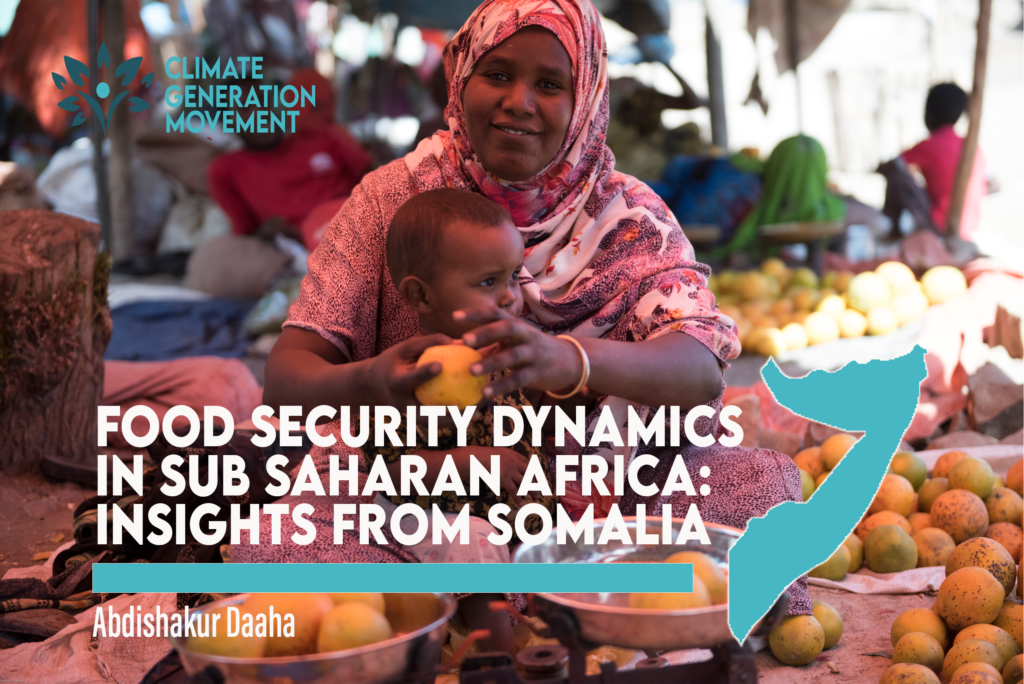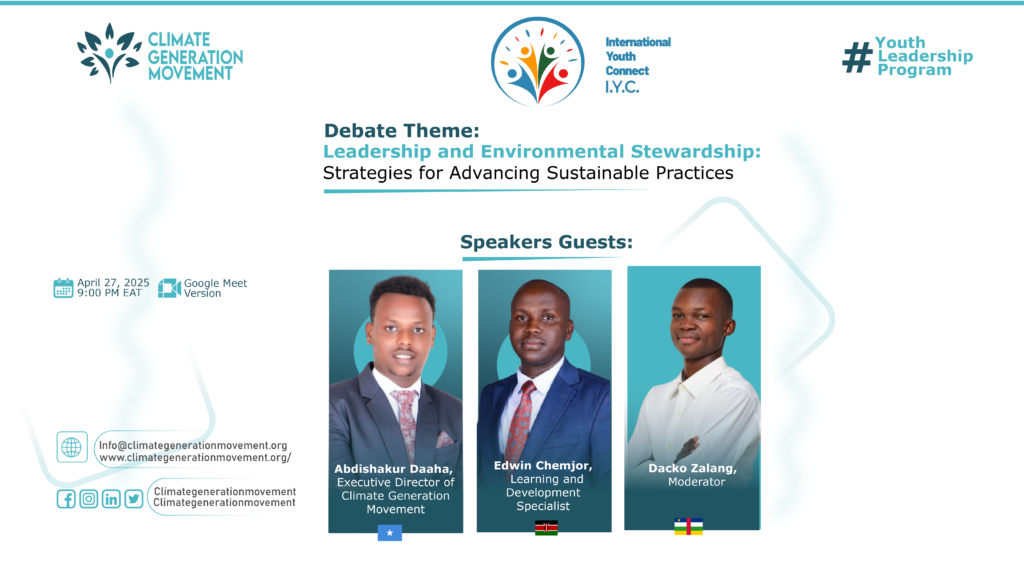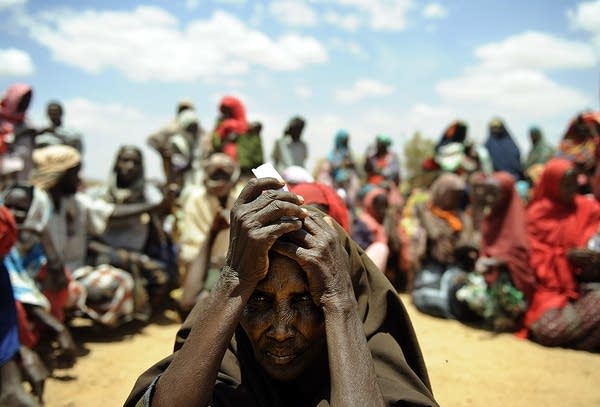Introduction
Food insecurity in Sub-Saharan Africa remains one of the most pressing humanitarian challenges of the 21st century. Somalia, positioned at the epicenter of this crisis, has endured multiple, overlapping shocks, prolonged droughts, political instability, and economic collapse that have culminated in an acute food emergency. Between 2021 and 2023, Somalia experienced its worst drought in over four decades, contributing to approximately 43,000 excess deaths in 2022 alone (United Nations, 2023). These dynamics underscore the fragility of food systems in post-conflict states, where governance and logistical networks are ill-equipped to respond to climate-induced disasters. Somalia thus serves as a critical case study for examining the structural vulnerabilities and policy gaps that shape the broader Sub-Saharan food insecurity landscape.
Climate Shock Cascades
Climate variability is the most significant determinant of food production outcomes in Somalia. Four consecutive failed rainy seasons between 2020 and 2023 resulted in a 70% decline in agricultural yields and the death of more than 3 million livestock (FAO, 2023). These losses devastated rural economies, precipitating mass displacement of over 1 million people by late 2023 (UNICEF, 2024). Furthermore, the April–June 2025 climate outlook predicts below-average rainfall, raising fears of yet another failed season (UN Office for the Coordination of Humanitarian Affairs [OCHA], 2025). These events illustrate the concept of “cascading fragility”—where environmental degradation interacts with institutional weakness to create a self-perpetuating cycle of vulnerability.
Escalating Food Insecurity and Malnutrition
As of early 2025, 3.4 million Somalis approximately 18% of the population were classified as being in IPC Phase 3 or higher (Integrated Food Security Phase Classification, 2025). Projections estimate this figure will rise to 4.4 million by mid-year due to a combination of inflation, drought, and reduced humanitarian access (World Food Programme [WFP], 2025a). Child malnutrition is also surging, with 1.7 million children under five acutely malnourished and over 466,000 experiencing severe acute malnutrition (UNICEF, 2024). These figures are particularly alarming in southern regions, where healthcare infrastructure remains underdeveloped. According to the Food and Agriculture Organization (2024), cereal production in 2024 was 45% below the 10-year average, compounding the crisis.
Conflict and Market Disruption
Somalia’s protracted civil conflict continues to disrupt food systems. Armed groups such as al-Shabaab target trade corridors, obstruct humanitarian access, and destabilize rural markets (Maxwell & Fitzpatrick, 2022). Consequently, food prices have soared: in 2024, staple cereal prices increased by 43% in some regions (FAO, 2024). Given Somalia imports up to 80% of its cereal needs costing approximately USD $1.5 billion annually—global supply chain disruptions, such as those linked to the war in Ukraine, have had severe local effects (WFP, 2025b). These price shocks disproportionately affect low-income households, pushing millions into negative coping strategies such as meal-skipping, child labor, or migration.
Humanitarian Funding Retrenchment
Humanitarian aid, once a critical lifeline, is undergoing significant contraction. As of March 2025, Somalia’s Humanitarian Response Plan was only 12.4% funded, leading to severe service reductions (OCHA, 2025). The WFP was forced to cut assistance from 2.2 million to just 820,000 beneficiaries monthly (WFP, 2025a). These reductions were largely attributed to funding cuts from major donors, including an 83% decline in USAID support (The Guardian, 2025). Analysts warn that underfunding will inevitably lead to preventable deaths, higher malnutrition rates, and longer recovery times (De Waal, 2023). The implications are profound, underscoring the need for more sustainable and predictable funding mechanisms.
Resilience-Building and Adaptive Strategies
Despite the grim statistics, innovative solutions are gaining traction. The FAO is promoting climate-smart agriculture, such as drought-tolerant seeds, regenerative grazing, and solar-powered irrigation, to build resilience (FAO, 2023). Early warning systems, such as the Famine Early Warning Systems Network (FEWS NET), are being used to trigger pre-emptive action. Mobile cash transfers, supported by NGOs, are stabilizing purchasing power in vulnerable communities (World Bank, 2024). Integrated programs combining nutrition, health, and WASH services are showing promise in urban centers like Mogadishu and Baidoa (UNICEF, 2024). These adaptive responses provide a roadmap for transformation, even within a fragile state context.
Policy Imperatives
To reverse food insecurity trends, Somalia must pursue a multi-tiered policy agenda:
-
- Institutionalize anticipatory financing linked to early warning triggers.
-
- Scale climate-adaptive practices, including agroforestry and community seed banks.
-
- Rehabilitate rural infrastructure to reconnect supply chains.
-
- Expand integrated social protection to prevent destitution.
-
- Strengthen public-private partnerships in food production.
-
- Promote conflict-sensitive programming to ensure equitable access.
-
- Encourage data-driven governance using GIS and mobile platforms.
These policy imperatives, if implemented cohesively, could substantially reduce Somalia’s exposure to future shocks.
Conclusion
Somalia’s experience reflects the multifaceted nature of food insecurity in fragile states. The convergence of climate shocks, conflict, market disruption, and funding cuts has created a complex humanitarian emergency. However, the emergence of resilience strategies ranging from climate-smart agriculture to anticipatory financing, offers hope. For policymakers across Sub-Saharan Africa, Somalia provides both a cautionary tale and a roadmap for transformation. Only through coordinated, adequately funded, and evidence-based strategies can food systems be secured against a backdrop of compounding crises.
———————————————————-
By Abdishakur Daaha, Climate Communication Expert
References
De Waal, A. (2023). Mass starvation: The history and future of famine. Polity Press.
FAO. (2023). Somalia drought response and food security update. https://www.fao.org
FAO. (2024). Market price monitoring and early warning bulletin, Somalia. https://www.fao.org
Integrated Food Security Phase Classification. (2025). Somalia: IPC acute food insecurity analysis. https://www.ipcinfo.org
Maxwell, D., & Fitzpatrick, M. (2022). The killing famine: Policy, politics and food insecurity in Somalia. Journal of Humanitarian Affairs, 4(1), 11–30. https://doi.org/10.1177/23961845221076432
OCHA. (2025). Somalia Humanitarian Response Plan 2025. https://www.unocha.org
The Guardian. (2025, March 14). Aid cuts put millions at risk of starvation, UN warns. https://www.theguardian.com
UNICEF. (2024). Somalia nutrition and child survival dashboard. https://www.unicef.org/somalia
United Nations. (2023). Somalia: Drought and famine update. https://www.un.org
WFP. (2025a). Somalia: Country brief – March 2025. https://www.wfp.org
WFP. (2025b). Food import dependency in fragile states. https://www.wfp.org
World Bank. (2024). Somalia economic update: Investing in human capital for inclusive growth. https://www.worldbank.org



